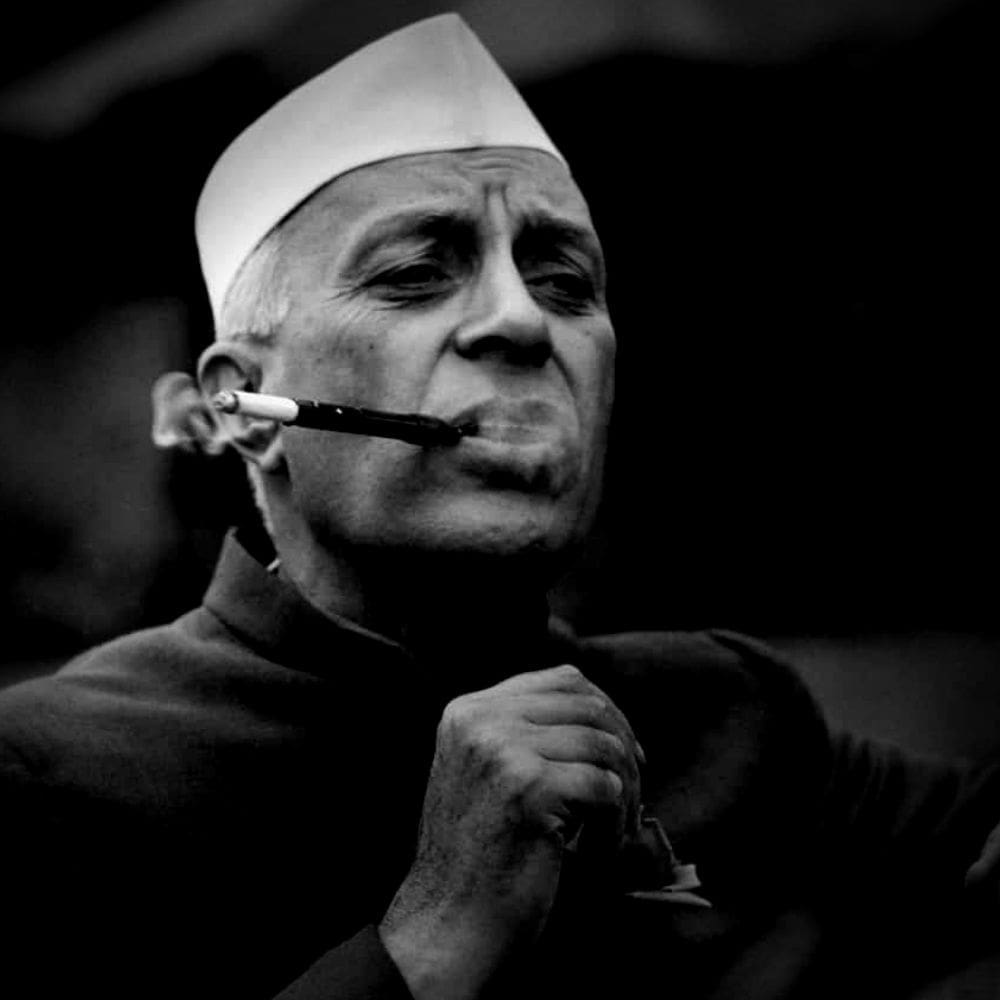ANTI ARMED-FORCES
It may sound odd, but Nehru was so obsessed about continuing in power, and so unnecessarily and irrationally concerned of the possibility of the army coup, that he went to insane level of check-mating that possibility— even to the extent of harming the Indian defences, Indian external security, and the morale of the Army.
The top bureaucracy, noticing Nehru’s suspicion for and bias against the army, cleverly manoeuvred a note declaring the Armed Forces Headquarters as the “attached” office of the Defence Ministry. That ensured ascendency for the top babu of the Defence Ministry—the Defence Secretary—over the army chief. The post of Commander-in-Chief, the main advisor on military matters, was abolished. That role was given to the President of India—the President became formally the Supreme Commander of the Armed Forces! The real motive was to remove the possibility of the Army Commander-in- Chief ever challenging the civilian authority. When you had adopted the complete British political system, bureaucratic system and the army system lock, stock, and barrel, and when there had been no occasion in the pre- independence period either in India or Britain when the Commander-in- Chief had booted out the civilian authority, why that uncalled for concern? The British-Indian army under the British, during the pre-independence days, though under the political control of the Governor General, enjoyed a large degree of autonomy, and was not subservient to the bureaucracy. That changed post-independence.
Rather than recognising the tremendous contribution of the Indian Armed Forces in the First and the Second World War, and giving them pride of place, the political class and the bureaucratic class conspired to downgrade the position of the Military top brass, by instituting various changes in the pecking order, reporting channels, and the constitution of the committees.
The place next in stateliness and grandeur to the Viceroy palace was the residence of the British Commander-in-Chief, then called Flagstaff House. That house should have been allocated to Field Marshal KM Cariappa. But, Nehru, leaving his spacious York Road residence, promptly allocated it to himself—such were the Gandhian values of simplicity imbibed by him. Flagstaff House was later renamed as Teen Murti Bhavan.
Changes were done where the bureaucrats began to be ranked higher than the senior military officers. With respect to the top IAS babus, the three Service Chiefs have been downgraded. They interact with the Defence Secretary who is the interface between the Armed Forces and the Union Cabinet. Matters related to Defence Production and Defence Purchases also came principally under the bureaucrats in the Defence Ministry (though army men were represented in committees). Whichever domain, department, sector the babus, the IAS stepped in that area went to dogs. Babus, who knew next to nothing on the defence matters, started dictating terms and making money. Politicisation and favouritism became the order of the day, and professionalism went for a toss. Instead of exercising ‘political control’ over the military, what is exercised in practice is ‘bureaucratic control’. Defence Secretary is the boss and the Service Chiefs have a subservient role, with the military isolated from real decision- making! Such was the Nehruvian hubris that side-lining the military- seniors, even purely military matters tended to be decided by Nehru, Krishna Menon, other politicians, and bureaucrats—like the hare-brained “Forward Policy” (Blunder#36): even the post-facto inputs of the Indian army on its military and strategic implications were ignored by Nehru- Menon.
Worst was keeping the military weak, lest they ever challenge the civilian authority. Military remained grossly under-funded. It continued with the obsolete Second World War equipments. During the Nehruvian times the Defence Ministry had very low importance. Senior ministers shunned it, as it was considered not an important enough portfolio for a senior politician!


